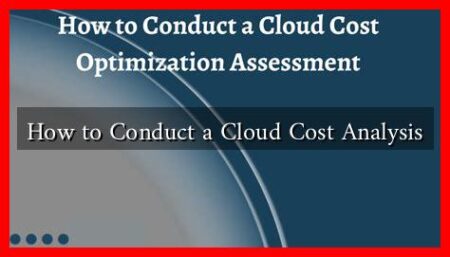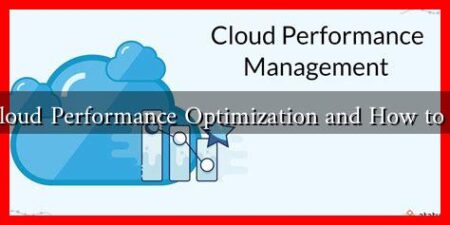-
Table of Contents
How to Choose the Right Cloud Model for Your Needs
In today’s digital landscape, cloud computing has become an essential component for businesses of all sizes. With various cloud models available, selecting the right one can be a daunting task. This article will guide you through the different cloud models, their benefits, and how to choose the one that best fits your organization’s needs.
Understanding Cloud Models
Cloud computing is generally categorized into three primary models: Public Cloud, Private Cloud, and Hybrid Cloud. Each model has its unique features, advantages, and use cases.
1. Public Cloud
The public cloud is a model where services are delivered over the internet and shared across multiple organizations. Providers like Amazon Web Services (AWS), Microsoft Azure, and Google Cloud Platform (GCP) dominate this space.
- Cost-Effective: Public clouds typically operate on a pay-as-you-go model, making them affordable for startups and small businesses.
- Scalability: Resources can be scaled up or down based on demand, allowing businesses to adapt quickly.
- Maintenance-Free: The cloud provider manages all hardware and software updates, reducing the burden on IT teams.
However, public clouds may not be suitable for organizations with strict compliance requirements or sensitive data, as they share resources with other users.
2. Private Cloud
A private cloud is a dedicated environment for a single organization, either hosted on-premises or by a third-party provider. This model offers enhanced security and control.
- Enhanced Security: Private clouds provide a higher level of security, making them ideal for industries like finance and healthcare.
- Customization: Organizations can tailor their infrastructure to meet specific needs and compliance requirements.
- Performance: Dedicated resources can lead to improved performance and reliability.
However, private clouds can be more expensive and require more management and maintenance compared to public clouds.
3. Hybrid Cloud
The hybrid cloud model combines elements of both public and private clouds, allowing organizations to leverage the benefits of both environments.
- Flexibility: Businesses can run sensitive workloads on a private cloud while utilizing the public cloud for less critical applications.
- Cost Efficiency: Organizations can optimize costs by using public cloud resources for variable workloads.
- Scalability: Hybrid clouds allow for seamless scaling of resources based on demand.
However, managing a hybrid cloud can be complex, requiring robust integration and management tools.
Factors to Consider When Choosing a Cloud Model
When selecting a cloud model, consider the following factors:
- Business Needs: Assess your organization’s specific requirements, including compliance, security, and performance needs.
- Budget: Determine your budget for cloud services and consider the long-term costs associated with each model.
- Scalability: Evaluate how quickly you may need to scale your resources and whether the chosen model can accommodate that growth.
- Management: Consider the level of management and maintenance your team can handle.
- Integration: Ensure that the chosen cloud model can integrate seamlessly with your existing systems and applications.
Case Studies: Real-World Applications
To illustrate the effectiveness of different cloud models, consider the following examples:
- Public Cloud: Netflix relies heavily on AWS for its streaming services, benefiting from the scalability and cost-effectiveness of the public cloud.
- Private Cloud: The U.S. Department of Defense uses a private cloud to ensure data security and compliance with strict regulations.
- Hybrid Cloud: General Electric (GE) employs a hybrid cloud strategy to manage its vast data needs while maintaining control over sensitive information.
Conclusion
Choosing the right cloud model is crucial for optimizing your organization’s operations and achieving your business goals. By understanding the differences between public, private, and hybrid clouds, and considering factors such as business needs, budget, and scalability, you can make an informed decision. As cloud technology continues to evolve, staying updated on trends and best practices will further enhance your ability to leverage cloud solutions effectively.
For more information on cloud computing and its various models, you can visit IBM’s Cloud Learning Center.



